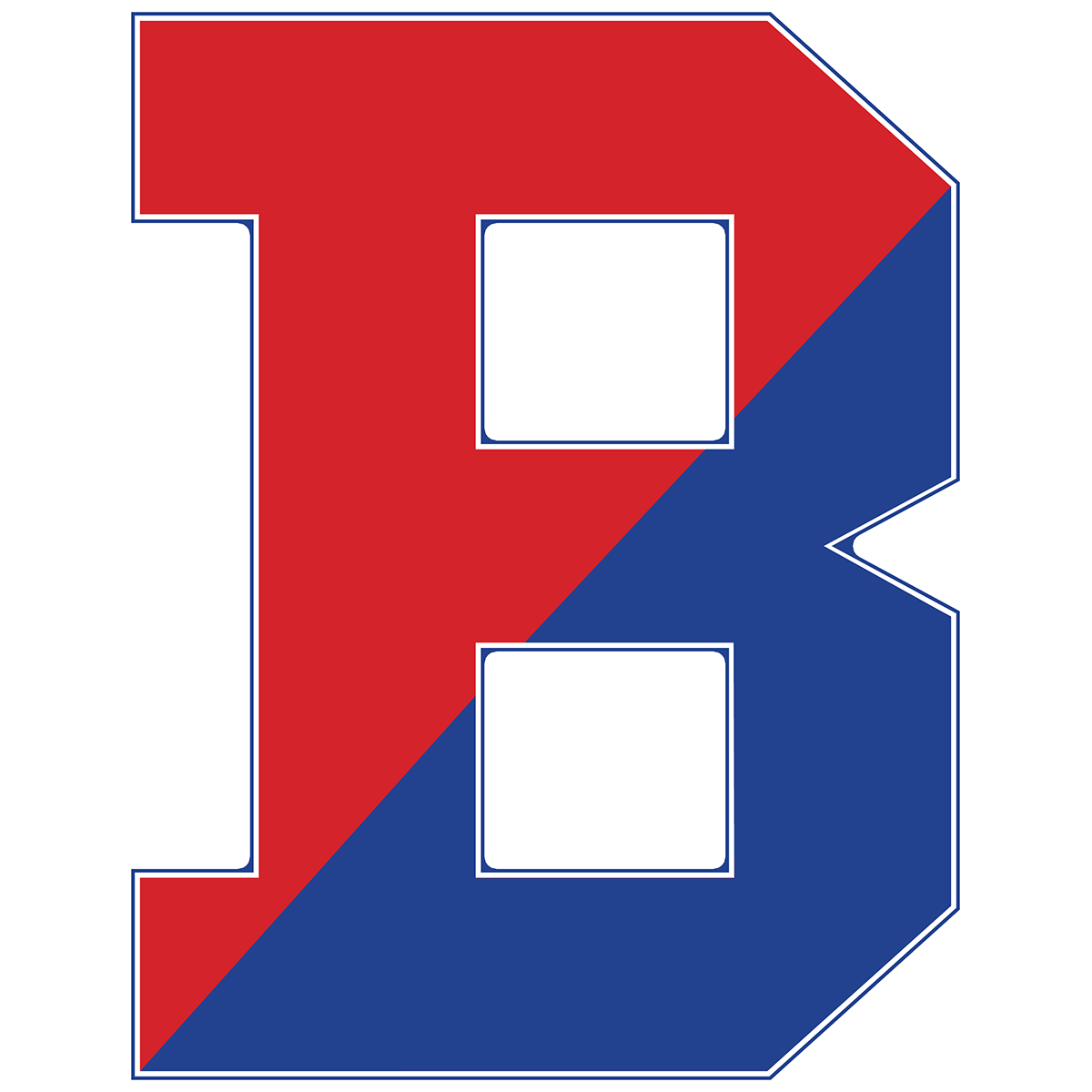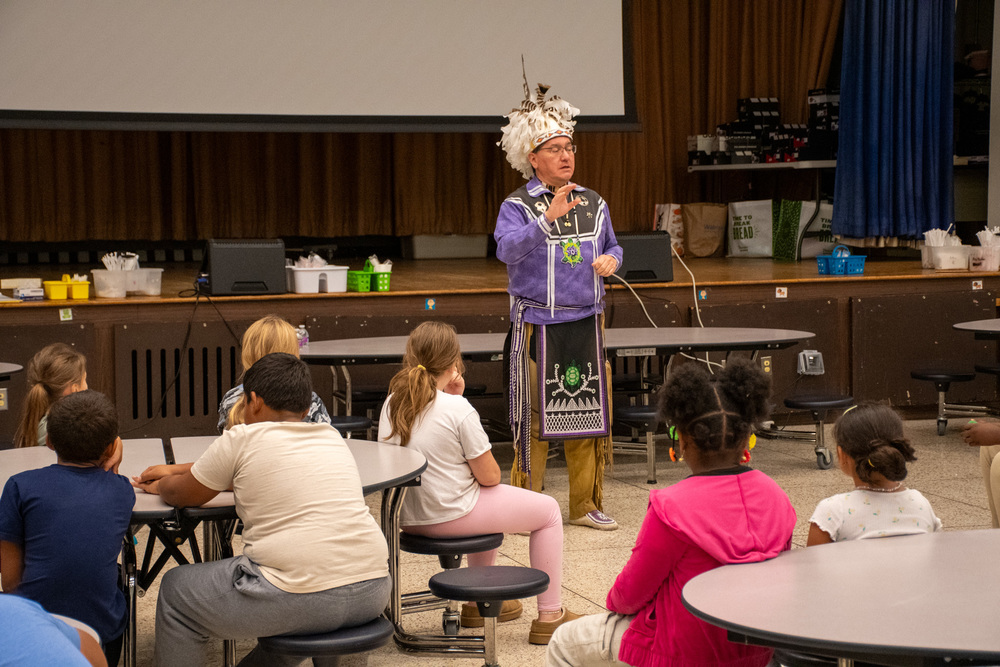Many people know them by the name the French called them: the Iroquois. Others are familiar with the Five (or Six) Nations. But the people indigenous to the majority of present-day New York State, and most of the Midwest United States, prefer the proper name: Haudenosaunee. The Native American word means "People of the Longhouse," who have lived in our region for thousands of years.
"This is where the Onondagas have lived for thousands of years," said Perry Ground, a member of the Onondaga tribe's Turtle clan. "This whole corridor, this I-81 corridor, from here in Binghamton all the way up towards Watertown and Oswego throughout Central New York is where the Onondagas have historically lived form the end of the last Ice Age up until today."
Along with the Onondaga, the Haudenosaunee tribes are the Cayuga, Mohawk, Oneida, Seneca, and Tuscarora. Their history and tradition are part of the New York State 4th grade social studies curriculum. Students learn about the first inhabitants of what is now New York, their culture, government, and connection to the land. The Binghamton City School District builds on this curriculum by providing hands-on, immersive experiences through the district's Challenge Enrichment program.
"Teaching the Haudenosaunee curriculum is essential for our 4th graders because it deepens their understanding of local history, culture, and the values of cooperation and respect that continue to shape our region today," said Debbie Miller, teacher and coordinator of the Challenge Enrichment program. "Through reading, research, writing, and hands-on enrichment experiences, students connect meaningfully with Indigenous perspectives and learn to honor the traditions and contributions of the Haudenosaunee people."
On a late-October day in Binghamton, a man in a headdress and other traditional Haudenosaunee clothing shares stories with district 4th graders. Perry Ground brings his professional storytelling to BCSD every fall. This special assembly complements a trip to Roberson Museum and Science Center to visit the Haudenosaunee exhibit there, as well as interactive digital longhouse construction. These activities bring to life the People of the Longhouse, their culture, and traditions.
"I think it’s because they’re making an emotional connection to it. They’ve read some of these things in books and now it’s real life in front of them," Ground said. "And I think some times we have trouble understanding that…we read something in a book, we have a basic understanding of it, but it’s not really real. When we can go to that place, when we can meet somebody from that tribe, we make a different connection with it and I think a lot of what I’m doing is making an emotional connection with them. They have a touchpoint, me, that they can say ‘I saw that guy and he taught me something in a fun way.’”
This social studies unit and its associated enrichment activities are just the beginning. By 5th grade, students extend this foundation to study the broader story of the United States connecting Indigenous perspectives to early colonization, government formation, and citizenship allowing them to see how the Haudenosaunee influence continues to shape our nation’s values and principles today.

